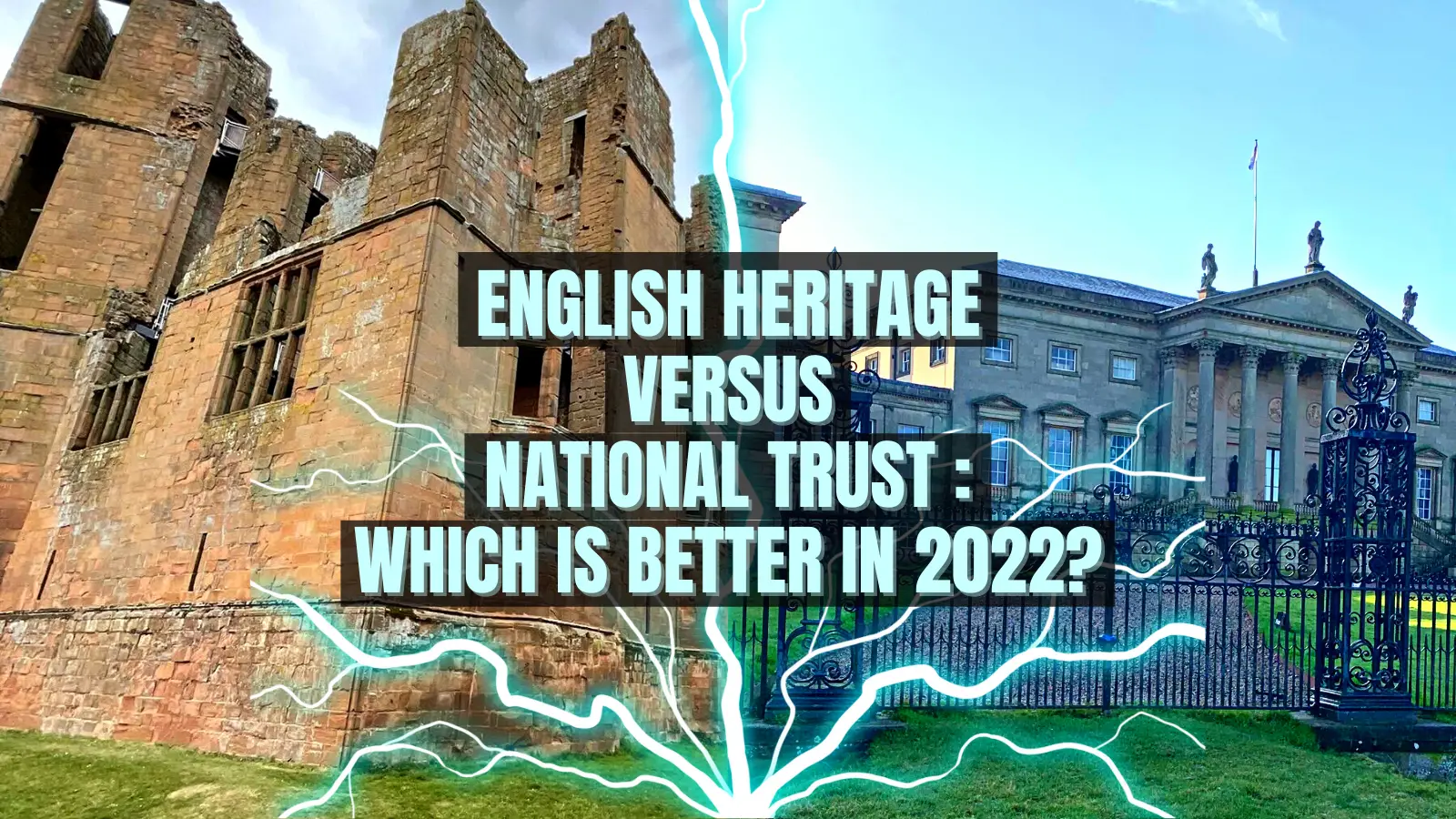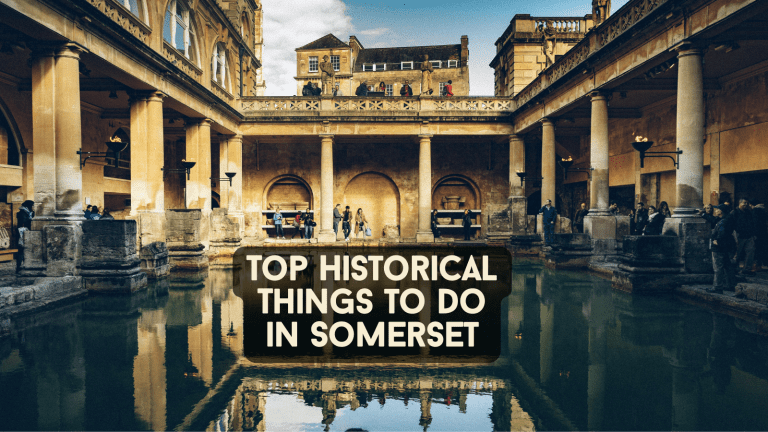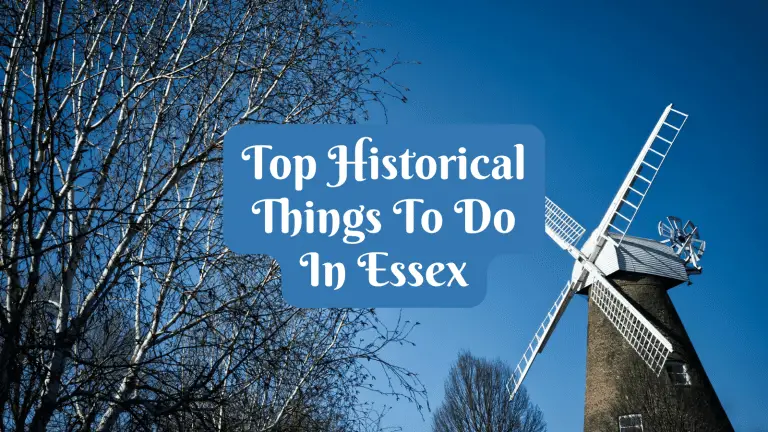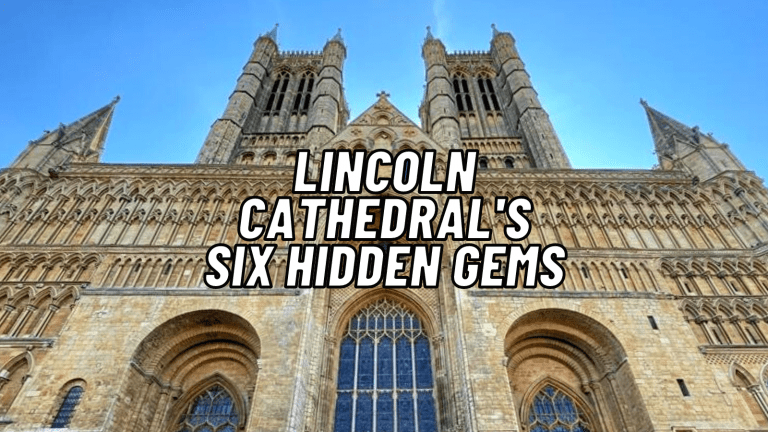English Heritage versus National Trust : Which is better in 2023?
If you intend to start visiting historical locations regularly, it won’t take you long to discover that many of them are either operated by the National Trust or English Heritage. These are two huge charities that do unbelievable work at preserving historical sites and buildings to ensure that they are there to be enjoyed by generations to come.
Entry to each of their sites could cost anywhere from £8 to£25. It doesn’t take a genius to realise how a membership with at least one of the organisations might represent great value for money, allowing members free entry and free car access and parking.
The question must then be, which of the two organisations should you join?
In this article, we will compare and contrast the two. But read on to the very end because we will offer you a third option that you probably haven’t heard about.
[/et_pb_text][/et_pb_column][/et_pb_row][et_pb_row _builder_version=”4.15.0″ _module_preset=”default” theme_builder_area=”post_content”][et_pb_column _builder_version=”4.15.0″ _module_preset=”default” type=”4_4″ theme_builder_area=”post_content”][et_pb_text _builder_version=”4.15.0″ _module_preset=”default” theme_builder_area=”post_content” hover_enabled=”0″ sticky_enabled=”0″]What is the difference between the two organisations?
[/et_pb_text][/et_pb_column][/et_pb_row][et_pb_row _builder_version=”4.15.0″ _module_preset=”default” theme_builder_area=”post_content”][et_pb_column _builder_version=”4.15.0″ _module_preset=”default” type=”4_4″ theme_builder_area=”post_content”][et_pb_text _builder_version=”4.15.0″ _module_preset=”default” theme_builder_area=”post_content” hover_enabled=”0″ sticky_enabled=”0″]The way I tend to play it out in my mind is that if it is a ruin, it will be under English heritage, while a stately home will be looked after by National Trust.
Of course, this is a huge generalisation.
For example, Dover castle is a fully intact attraction that is operated by English heritage.
Fountains Abbey was left in ruins after the disillusion and is operated by the National Trust.,
But if I had to guess, I would still associate ruins with English heritage and homes with National Trust.
English Heritage actually has over 400 sites in its portfolio, while the National Trust has over 500 sites. The National Trust also cares for thousands of acres of nature reserves and Parkland.
It is worth making clear that English heritage only has sites in England ( the clue is in the name, I guess).
The National Trust operates sites in Wales and Northern Ireland. National Trust Scotland is a separate organisation that cares for properties north of the border.
[/et_pb_text][/et_pb_column][/et_pb_row][et_pb_row _builder_version=”4.15.0″ _module_preset=”default” theme_builder_area=”post_content”][et_pb_column _builder_version=”4.15.0″ _module_preset=”default” type=”4_4″ theme_builder_area=”post_content”][et_pb_text _builder_version=”4.15.0″ _module_preset=”default” theme_builder_area=”post_content” hover_enabled=”0″ sticky_enabled=”0″]What is the cost of annual membership?
[/et_pb_text][/et_pb_column][/et_pb_row][et_pb_row _builder_version=”4.15.0″ _module_preset=”default” theme_builder_area=”post_content”][et_pb_column _builder_version=”4.15.0″ _module_preset=”default” type=”4_4″ theme_builder_area=”post_content”][et_pb_text _builder_version=”4.15.0″ _module_preset=”default” theme_builder_area=”post_content” hover_enabled=”0″ sticky_enabled=”0″]English Heritage
[/et_pb_text][/et_pb_column][/et_pb_row][et_pb_row _builder_version=”4.15.0″ _module_preset=”default” theme_builder_area=”post_content”][et_pb_column _builder_version=”4.15.0″ _module_preset=”default” type=”4_4″ theme_builder_area=”post_content”][et_pb_text _builder_version=”4.15.0″ _module_preset=”default” theme_builder_area=”post_content” hover_enabled=”0″ sticky_enabled=”0″]Individual membership £66 a year
Senior Membership (65 plus) £59 a year
Young Adult/Student (18 to 25) £53 a year
As many as 6 children have free entry accompanying an adult, rendering “Family Membership” a concept of the past.
Joint Membership £115 a year
Joint Senior £92 a year
The 6 children rule applies to joint members, too.
Best Known Sites: Stonehenge, Dover Castle, Kenilworth Castle, Battle Abbey, Whitby Abbey.
[/et_pb_text][/et_pb_column][/et_pb_row][et_pb_row _builder_version=”4.15.0″ _module_preset=”default” theme_builder_area=”post_content”][et_pb_column _builder_version=”4.15.0″ _module_preset=”default” type=”4_4″ theme_builder_area=”post_content”][et_pb_text _builder_version=”4.15.0″ _module_preset=”default” theme_builder_area=”post_content” hover_enabled=”0″ sticky_enabled=”0″]National Trust
[/et_pb_text][/et_pb_column][/et_pb_row][et_pb_row _builder_version=”4.15.0″ _module_preset=”default” theme_builder_area=”post_content”][et_pb_column _builder_version=”4.15.0″ _module_preset=”default” type=”4_4″ theme_builder_area=”post_content”][et_pb_text _builder_version=”4.15.0″ _module_preset=”default” theme_builder_area=”post_content” hover_enabled=”0″ sticky_enabled=”0″]Individual membership £76.80
Young Person (18 to 25) £38.40
Junior (5 to 17) £10
Joint Membership £127.20
Family 2 Adults with children £133.80
Family 1 Adult with children £83.40
Seniors no longer have a discounted option.
Best Known Sites: Knowle, Hardwick Hall, Chartwell, Fountains Abbey.
There are also lifetime membership options for both organisations. However, we won’t list these since the benefits are not quite clear and I am still trying to work out any value for money option; an individual would have to be a member for 23 years to see the benefits.
Both organisations offer monthly direct debit payment options. As well as unlimited entry to every site in their portfolio, both organisations offer a regular members magazine. On joining you also get a comprehensive handbook on all of the historical sites in their portfolio. However, in this day and age, the vast majority of members search for suitable sites on the Internet.
[/et_pb_text][/et_pb_column][/et_pb_row][et_pb_row _builder_version=”4.15.0″ _module_preset=”default” theme_builder_area=”post_content”][et_pb_column _builder_version=”4.15.0″ _module_preset=”default” type=”4_4″ theme_builder_area=”post_content”][et_pb_text _builder_version=”4.15.0″ _module_preset=”default” theme_builder_area=”post_content” hover_enabled=”0″ sticky_enabled=”0″]Which is best for families?
[/et_pb_text][/et_pb_column][/et_pb_row][et_pb_row _builder_version=”4.15.0″ _module_preset=”default” theme_builder_area=”post_content”][et_pb_column _builder_version=”4.15.0″ _module_preset=”default” type=”4_4″ theme_builder_area=”post_content”][et_pb_text _builder_version=”4.15.0″ _module_preset=”default” theme_builder_area=”post_content” hover_enabled=”0″ sticky_enabled=”0″]Both organisations offer unique benefits for individuals and families alike.
Many of the larger attractions such as Fountains Abbey in Yorkshire or Stonehenge in Wiltshire offer tearooms, restaurants, interactive exhibitions, and even adventure playgrounds.
The beauty of both organisations’ websites is that you can search for a particular area with ease.
If you don’t have time to travel, and I’m more likely to visit sites closer to home, see which ones take your fancy.
In an ideal world, you would have a membership in both.
[/et_pb_text][/et_pb_column][/et_pb_row][et_pb_row _builder_version=”4.15.0″ _module_preset=”default” theme_builder_area=”post_content”][et_pb_column _builder_version=”4.15.0″ _module_preset=”default” type=”4_4″ theme_builder_area=”post_content”][et_pb_text _builder_version=”4.15.0″ _module_preset=”default” theme_builder_area=”post_content” hover_enabled=”0″ sticky_enabled=”0″]What about Historic Houses?
[/et_pb_text][/et_pb_column][/et_pb_row][et_pb_row _builder_version=”4.15.0″ _module_preset=”default” theme_builder_area=”post_content”][et_pb_column _builder_version=”4.15.0″ _module_preset=”default” type=”4_4″ theme_builder_area=”post_content”][et_pb_text _builder_version=”4.15.0″ _module_preset=”default” theme_builder_area=”post_content” hover_enabled=”0″ sticky_enabled=”0″]At the start of this article, I promised you a third option. This is the Historic Houses Association.
As the name suggests it is an association of more than 1000 privately held historic houses.
Membership in this organisation allows you access to around 300 of those. The best-known properties include Blenheim Palace, Highclare Castle (Downtown Abbey), Bamburgh Castle, and Althorp, the childhood home of Princess Diana, and her final resting place.
The cost of membership for this association is:
Individual Membership: £59
Joint Membership: £94
Joint Membership + Additional Member: £121 (£27 per extra person)
Junior Membership (3-16 years): £27 per person
There is no monthly payment option.
You also get a comprehensive brochure on joining and regular member updates.
It should be noted that unlike the National Trust and English Heritage, some of the sites are only open to the public on very specific dates.
Some even require a small party of people and are only accessible on guided tours. Some people will love that approach while others would not be so keen.
So do bear that in mind before you consider membership.
[/et_pb_text][/et_pb_column][/et_pb_row][/et_pb_section]





